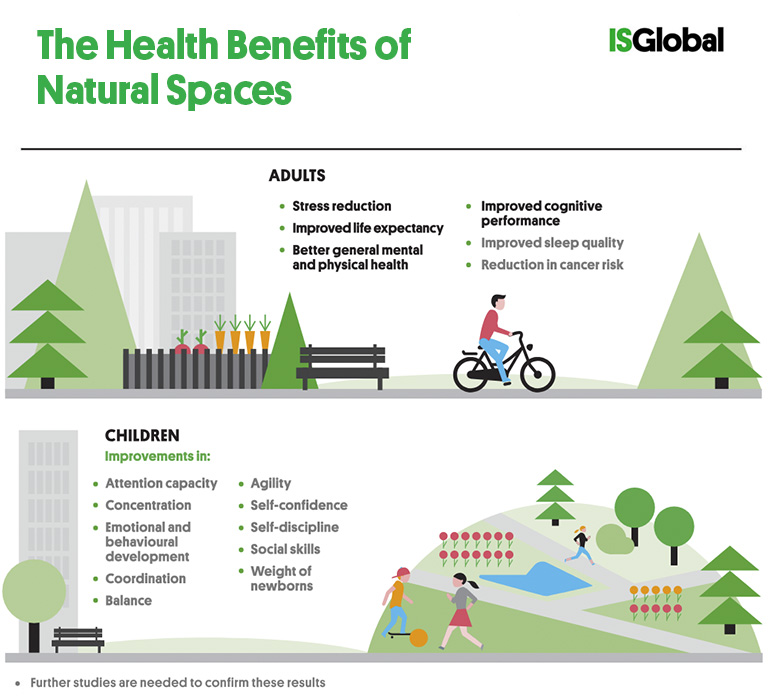
Greening Cities: Urban Green Spaces and Community Harmony
Urban green spaces play a crucial role in shaping the dynamics of a city, providing not only aesthetic appeal but also contributing significantly to the overall well-being of its residents. In this article, we delve into the profound impact of urban green spaces on communities and the positive influence they exert on the social fabric of a city.
Creating Spaces for Community Gathering and Connection
One of the primary contributions of urban green spaces is their ability to serve as gathering points for the community. Parks, gardens, and green plazas become communal areas where residents can come together, fostering a sense of connection and belonging. These spaces provide a backdrop for social interactions, community events, and a shared sense of identity among the residents.
Enhancing Physical and Mental Well-being
The presence of green spaces in urban environments has a direct correlation with improved physical and mental well-being. Access to parks and natural surroundings encourages outdoor activities, exercise, and relaxation. Studies consistently show that exposure to greenery reduces stress, enhances mood, and contributes to a healthier lifestyle, positively impacting the mental health of urban dwellers.
Mitigating Urban Heat Island Effect
Urban areas often face the challenge of the heat island effect due to the prevalence of concrete and asphalt. Urban green spaces act as natural heat sinks, helping to cool the environment and mitigate the impact of rising temperatures. Trees and vegetation provide shade, reduce surface temperatures, and contribute to a more comfortable urban climate, creating a more sustainable and resilient cityscape.
Fostering Biodiversity and Ecological Balance
Urban green spaces serve as essential habitats for a diverse range of flora and fauna. Well-designed parks and green areas promote biodiversity, supporting various plant and animal species. This ecological balance contributes to the overall health of the urban environment, creating a harmonious coexistence between the city and nature. It also educates the community about the importance of preserving local ecosystems.
Encouraging Sustainable Lifestyles and Practices
The presence of urban green spaces encourages and promotes sustainable living practices among residents. Access to community gardens, for example, encourages individuals to embrace sustainable agriculture and adopt eco-friendly habits. These spaces often serve as platforms for environmental education, inspiring residents to make conscious choices that contribute to the overall sustainability of the community.
Strengthening Social Equity and Inclusivity
Well-planned urban green spaces contribute to social equity by providing accessible and inclusive recreational opportunities for all community members. Regardless of age, socio-economic status, or background, residents can share and enjoy these public spaces. This inclusivity fosters a sense of equality and shared ownership of the urban environment, breaking down social barriers within the community.
Boosting Property Values and Economic Development
The presence of green spaces has a positive impact on property values and local economies. Homes and businesses located near well-maintained green areas often experience increased desirability, leading to higher property values. Additionally, the economic value of urban green spaces extends to tourism, local businesses, and job creation, contributing to the overall economic development of the community.
Promoting Active and Sustainable Transportation
Urban green spaces contribute to the promotion of active and sustainable transportation methods. Pedestrian-friendly pathways, cycling lanes, and green corridors encourage residents to choose walking or cycling as viable transportation options. This not only reduces reliance on motorized vehicles but also contributes to a healthier and more environmentally friendly urban transportation system.
Encouraging Civic Engagement and Environmental Stewardship
Community involvement in the planning, development, and maintenance of urban green spaces fosters civic engagement and environmental stewardship. Residents become actively involved in the decision-making processes related to these spaces, cultivating a sense of responsibility and ownership. This involvement strengthens the community’s commitment to the preservation and enhancement of urban green areas.
Visit Urban Green Spaces Community Impact to Learn More
Explore the multifaceted impact of urban green spaces on community well-being and harmony at Urban Green Spaces Community Impact. Learn about initiatives and projects that highlight the transformative influence of green spaces in shaping vibrant and connected urban communities.
In conclusion, the integration of urban green spaces is not merely an aesthetic choice but a strategic investment in the well-being and cohesion of urban communities. From physical health benefits to fostering social connections and promoting sustainability, these green areas play a pivotal role in creating cities that are not just concrete jungles but vibrant, resilient, and harmonious living environments.
